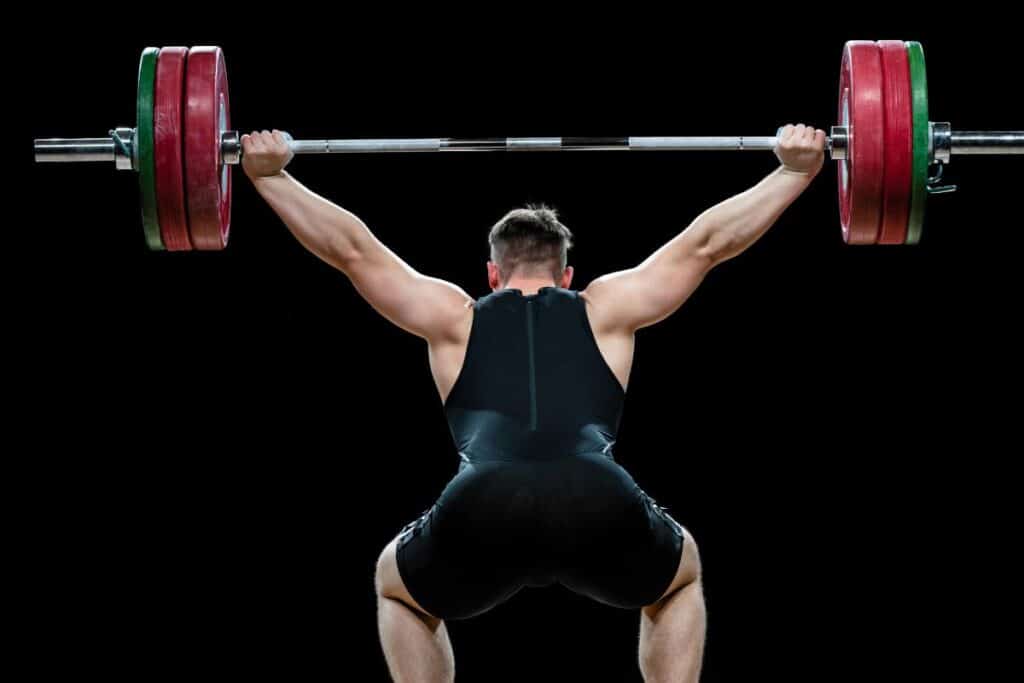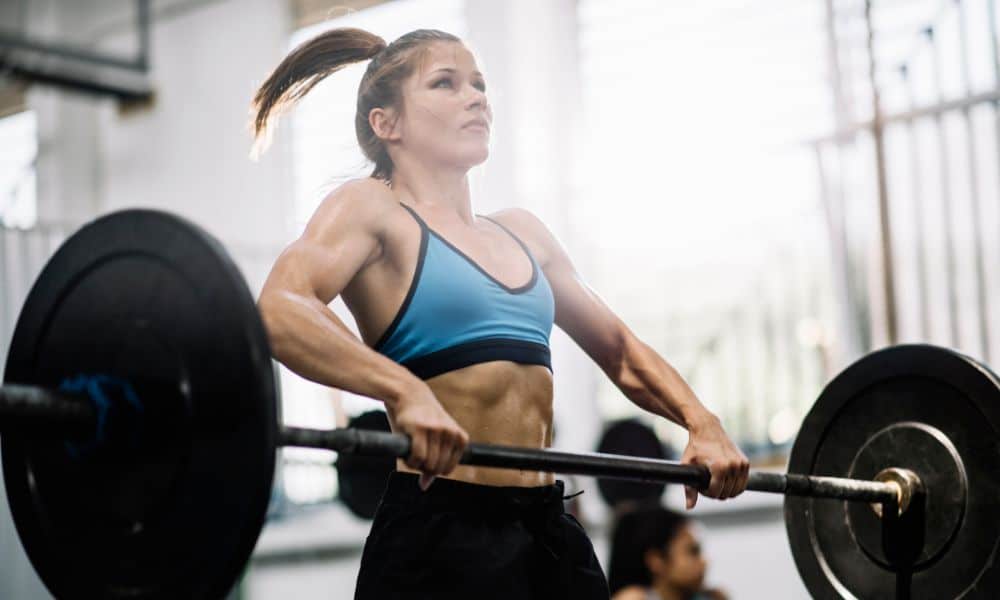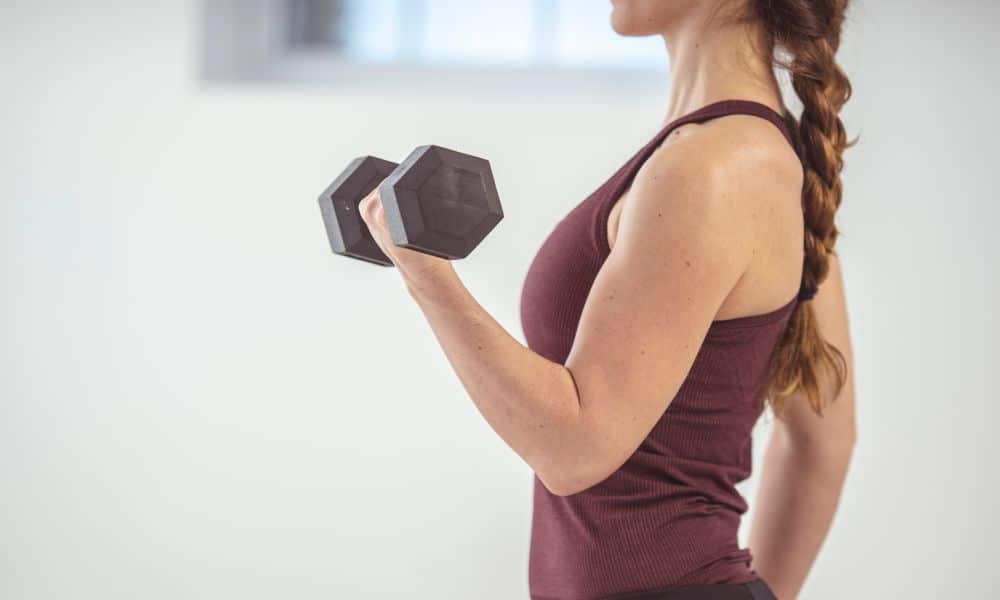Olympic weightlifting, a sport that demands not just strength but also exceptional balance and stability, challenges athletes to lift maximum weights in the snatch and the clean and jerk. Improving balance in this discipline is crucial for both performance enhancement and injury prevention. This comprehensive guide explores various techniques and exercises to improve balance in weightlifting, catering to both beginners and seasoned athletes.
The Importance of Balance in Olympic Weightlifting
Balance is fundamental in Olympic weightlifting. It ensures proper lifting technique, aids in the efficient transfer of power, and reduces the risk of injuries. A well-balanced athlete can maintain control throughout the lift, leading to improved performance and consistency.
Assessing Your Balance
Before embarking on balance improvement, it’s essential to assess your current level. This can be done through simple exercises like single-leg stands or balance boards. Identifying weaknesses in stability, especially in the ankle, knee, and hip regions, can help tailor your training program.
Core Strength: The Foundation
- Core Exercises: Strengthening the core is vital. Incorporate exercises like planks, Russian twists, and leg raises to build a strong, stable core, which is essential for maintaining balance.
- Dynamic Core Training: Move beyond static holds. Engage in dynamic core exercises that mimic the movement patterns of Olympic lifts.
Technique Drills for Balance
- Overhead Squats: This exercise improves stability and balance in the snatch. Focus on keeping the weight centered and your body aligned.
- Front Squats: Essential for the clean and jerk, front squats help in developing balance in the catch phase.
- Pause Squats: Implementing pause squats can train your body to maintain balance under tension.
Mobility and Flexibility
Inadequate mobility can hinder balance. Regularly engage in stretching and mobility exercises, focusing on the ankles, hips, and shoulders, to improve range of motion and stability.
Proprioception Exercises
- Single-Leg Exercises: Single-leg deadlifts and squats enhance proprioception, teaching the body to balance under uneven loads.
- Bosu Ball Workouts: Exercises on unstable surfaces like Bosu balls can significantly improve balance and stability.
Incorporating Unilateral Training
Unilateral exercises, like single-arm dumbbell snatches or split squats, help in correcting imbalances and improving overall balance in weightlifting.
Breathing Techniques
Proper breathing can impact balance. Practice diaphragmatic breathing to enhance core stability and maintain balance during lifts.
Visualization and Mental Training
Mental training, including visualization techniques, can help in anticipating and correcting balance issues during lifts.
Recovery and Rest
Adequate rest and recovery are as crucial as active training. Overtraining can lead to fatigue, affecting balance and overall performance.
Regular Feedback and Analysis
Utilize coaching feedback and video analysis to identify and correct balance issues. Regularly assess your progress and adjust your training plan accordingly.
Practical Tips for Daily Practice
- Warm-Up Effectively: Engage in a comprehensive warm-up routine focusing on dynamic movements to prepare your body for balance demands.
- Consistent Practice: Regular practice of the Olympic lifts is crucial. Even with light weights, focus on maintaining balance and control.
- Footwear: Invest in proper weightlifting shoes that provide stability and support.
Conclusion
To improve balance in weightlifting, a multifaceted approach is required, focusing on core strength, technique, flexibility, proprioception, unilateral training, and mental preparation. By incorporating these strategies into your training regimen, you can enhance your balance, leading to improved performance and reduced risk of injury in Olympic weightlifting.
Key Takeaways
- Balance is essential for performance and safety in Olympic weightlifting.
- Core strength, technique drills, and mobility exercises are crucial to improve balance in weightlifting.
- Incorporate proprioception exercises and unilateral training into your routine.
- Regular practice, proper rest, and consistent feedback are key to mastering balance in Olympic lifts.




